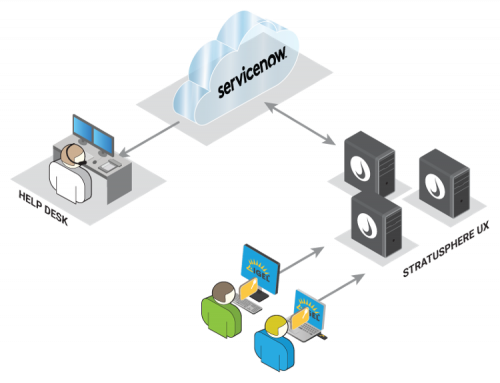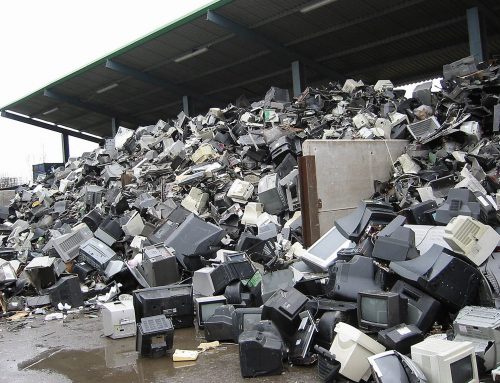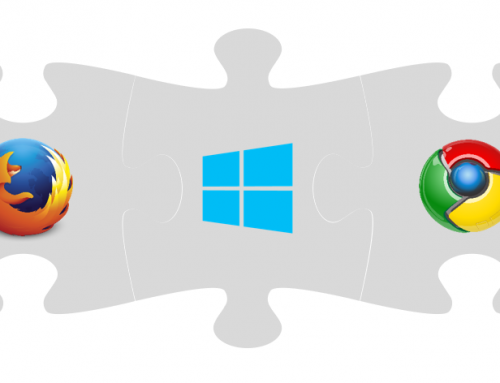The Well Managed Workspace, and the Importance of STATE.
 I was asked to contribute to a number of the industries PREDICTIONS for 2013 – and this year, for the first time in a long time, I politely declined – citing my need to give this whole market and the explosion of technologies a bit more thought.
Ten days late or so, there are a number of significant trends and some new thoughts that have formed in my mind in speaking with alliances, partners, and customers around the world over the past 20 years.
First and foremost – end users really only do two things – they consume content and create content. Everything else can almost be a matter of plumbing that allows them to do the former with more productivity. And for the record, productivity in my mind means everything from “more work” to security, agility, flexibility, expense, yield, and a host of other acronyms that loosely describe us all “getting better” over time. We strive to get better.
Virtualization was a better computer science solution than what was previously and currently available when it burst upon the scene. It was completely logical that we all rushed to it to apply it to our end users. VDI is what we called it, with its cousin APP VIRT. We wanted then to virtualize user state. We wanted to virtualize any component of the legacy PC because virtualization of and in itself was so very magic.
However, after 7 years of thoughtful reflection – I am not sure if we got it entirely right. The capex was and still is out of whack for most budgets with VDI in persistent nature. Even non-persistent desktops while more on par with past cost models from a cost perspective are hard pressed to reveal their operational cost benefits. Â When we add in the politics, complex architectures, and abilty to reach parity in user experience – the gains we saught are elusive at best, if not present.
So, what do we all do?
I am going to propose, with 800,000,000 windows workspaces out there, and 4,000,000 million windows application titles – we simply need to get “better” at managing them.
How?
First and foremost – this conversation is in fact people-centric. And while those people want alternative OS devices, and probably own many in their personal lives, this is work. We pay them to do a job. We are certainly entitled to decide what tools for the most part, we provision to them, on our dime, to accomplish this. Anyone who knows me knows I am not a fan of BYOD. I believe it is a fools errand. Those of you also know I am NOT a fan of any of the VDI layering technologies – why? Why lobotomize windows and try to incrementally improve what we know we must pull apart?
We need to pull the layers of the workspace apart.
- Profile
- Settings
- Data
- Applications
- The OS
Instead of just collapsing them all together again into proprietary formats, databases, or shells – manage them as objects.
We manage these centrally, in the modern data center, or cloud. Now that is better. No more desk-side support. No more migration of the problem from the desktop to the data center via VDI. No more reliance on endpoints with lots of lots of state in them. State occurs during use, then ebbs back to storage when the users tasks are complete.
I am in fact speaking of real user virtualization. The OS is a platform on which state is achieved.  Profiles, Settings, Data, and Applications (both user and corporate) are made available, when state occurs (login) – used, then returned.
The architectures that can be delivered when state is a temporary thing would amaze you. Physical desktops, thin clients, non Persistent VDI and a host of other new methods you will see this year.
I believe what you will find when you view the workspace in this way is a method to manage workspaces that is not just 20% better than what you are doing today from a cost, agility, and user experience perspective – but 20 times better.
Stay tuned – remove state – repeat as necessary.
T.Rexâ„¢
January 2013






Leave A Comment
You must be logged in to post a comment.